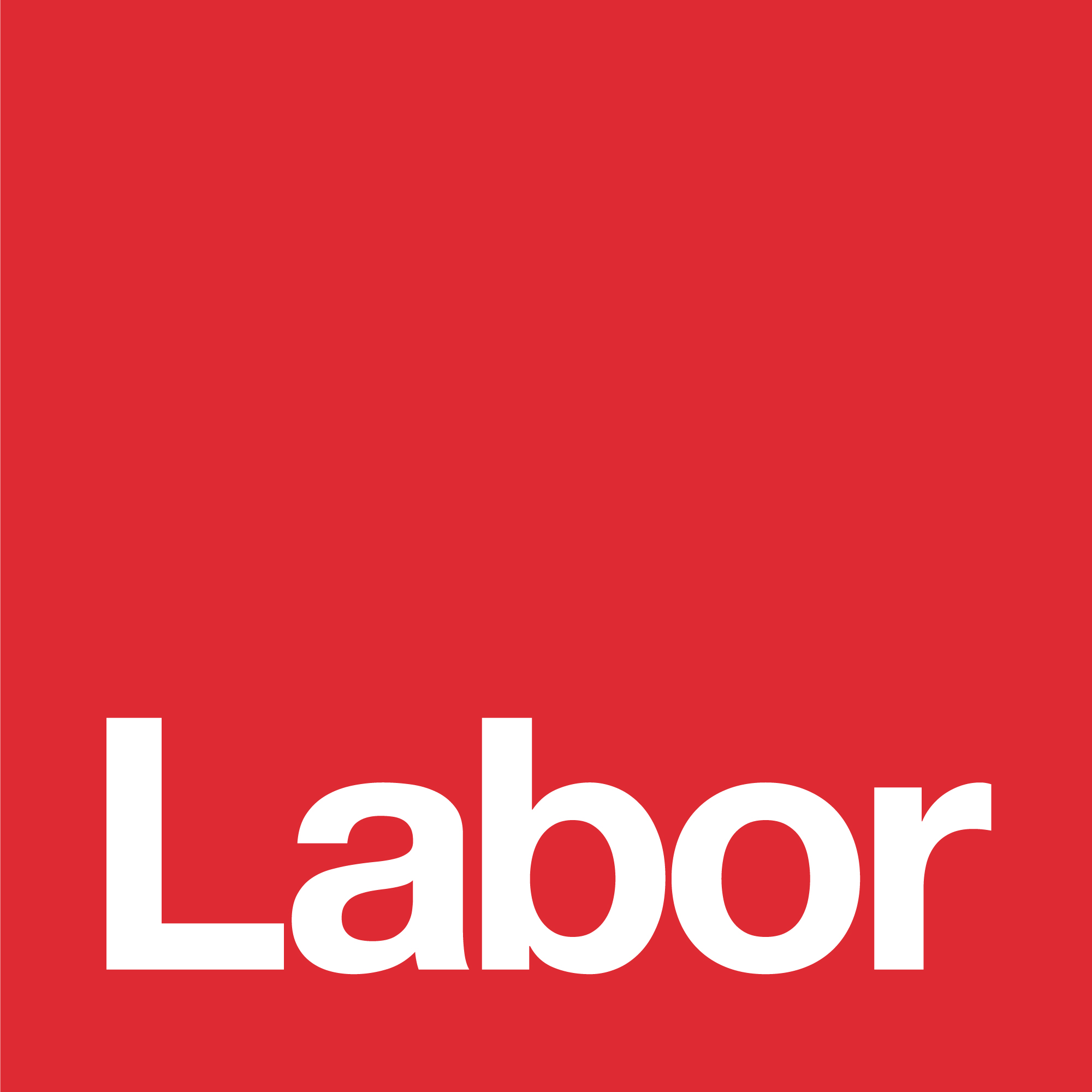Joseph Stiglitz’s recent visit to Australia, including his Chifley Conversation with Shadow Treasurer Chris Bowen and Chifley Research Centre ED, Michael Cooney, has sharpened the focus on values in the Australian political debate. Stiglitz brought an outsider’s perspective to the debate, and his observations about the way that the Abbott Government was seeking to change the nature of Australian society were stark. The reason that Stiglitz saw such a contrast between the Australia of today and the nation that Tony Abbott is seeking to create is clear: so much of what we value about Australia today was built by Labor governments upon the values of fairness and equality of opportunity. Nowhere is this more evident than in the area of higher education.
Writing in the Sydney Morning Herald, Stiglitz told Australians that our higher education system ‘is the envy of the rest of the world.’ Labor should take much pride in this statement, for the foundation of Australia’s current higher education system is the package of reforms introduced by John Dawkins and the Hawke-Keating Government 25 years ago. While it is less fondly remembered by many on the left than the Whitlam government’s move to introduce free university tuition, the “Dawkins Revolution” was a far more effective, efficient and progressive higher education policy than anything Australia had seen before.
Dawkins needed to create an education system that could produce a dramatically higher number of skilled graduates to power the Australian economy in a competitive, globalised world, while at the same time curbing the spiralling costs of the sector in a tightening fiscal environment. However, crucially, in tackling this fraught task, Dawkins embedded the values of fairness and equality of opportunity in the policy making process. As a result, Dawkins chose to fund a massive expansion in the number of university places available to Australian students through the introduction of a ground-breaking deferred repayment, income-contingent student loan scheme (HECS). This values driven choice meant that funding for the sector could be dramatically increased without students from disadvantaged backgrounds being locked out of the system. As a result, hundreds of thousands of students received an education they would have otherwise been excluded from, and every Australian child can dream of being a scientist, an engineer, a doctor or a lawyer without worrying about a lack of means trumping their merit.
The contrast with the values that the Abbott Government has applied to its recently announced higher education proposals couldn’t be more striking. The objectives of the Abbott Government’s higher education policy are elitism and exclusivity. The focus is on increasing spending on the top end, at the cost of every other part of the sector. By allowing universities to charge students whatever they want, our elite universities will be encouraged to maximise prices to protect the exclusivity of their brand. By charging interest on exploding student loans, students with more uncertain financial means and women who, in general, currently earn less and spend longer out of the workforce, will be excluded from the higher education sector.
As Joseph Stiglitz told Australians, he’s seen the consequences of applying these values to higher education policy in the United States. As a result:
“America’s failed financial model for higher education is one of the reasons that, among the advanced countries, America now has the least equality of opportunity, with the life prospects of a young American more dependent on his or her parents’ income and education than in other advanced countries.”
His conclusion was that it would be a ‘crime’ for Australia to follow the United States down this path.
By following Stiglitz’s lead and focusing the Australian political debate on the values that we want to underpin our higher education system, progressives can ensure that the Abbott Government doesn’t lead us down the road to a more unequal, excusive and unfair Australia.


